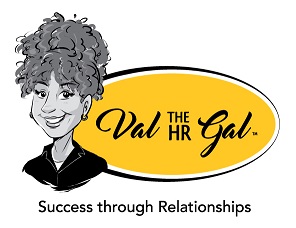"EI," or emotional intelligence, is defined as a set of emotional and social skills that influence the way we perceive and express ourselves, develop and maintain social relationships, cope with challenges, and use emotional information in effective and meaningful ways. Studies have shown that people with high EI have better mental health, exhibit exemplary job performance, and possess more-potent leadership and relationship-building skills. This article discusses the role of high EI in networking, explores opportunities to assert your EI, and conveys ways EI can be developed and improved to build powerful professional networks.
In networking, it is vital to have EI behavioral traits such as positive self-regard, which is the ability to accept and respect your strengths and weaknesses. It is also essential to be honest and genuine because people tend to respond favorably to those qualities. Equally important traits are positive emotional awareness—that is, recognizing and understanding your own emotions—assertiveness and independence. The latter two EI attributes involve communicating in socially acceptable and non-offensive ways, as well as the ability to be self-directed and free from emotional dependency on others. Conveying empathy is another key EI ingredient when networking because it allows you to put yourself in another person's shoes. You should always find ways with your approach to answer for the other person, "What's in it for me?"
Traditional networking scenarios of corporate events, conferences, and alumni or social functions have changed dramatically because of the COVID-19 pandemic. You once may have easily worked a room or interacted comfortably in social situations, but our new normal has changed those dynamics. You are now more likely than not to connect virtually via online meeting platforms such as Zoom or as is more common to be referred to a professional group or individual through a mutual third party. It is incumbent on those seeking strong networking connections to have a strategy and use EI skills to establish and solidify those relationships. Answering the following questions at the outset will help establish your networking strategy:
How will you connect with those you would like to meet?
Why are these connections important to your career?
What are the needs of this person or group?
How will you make a lasting impression that will convey your value?
How can you create deeper connections rather than just trade contact information without the prospect of further communication?
Remember that almost every time you meet or come in contact with someone new, it can be considered networking.
Some of the advantages of EI-based networking are:
Greater responsiveness to you in times of need.
Richer and more-positive responses when seeking support.
Calls returned faster when you need a favor.
A sense of well-being when you help others you care about. Having an attitude of service rather than trying to get something from the other party will make the connection more memorable and promote continued communication. The key to potent networking is building relationships with people and helping them for your mutual benefit.
To improve your EI, it is important to identify and understand some of the behaviors associated with enhanced EI and to develop mechanisms to build and use those behaviors for improved collaboration, teamwork and interpersonal relationships. Become familiar with examples of the behaviors associated with EI that help to build more-powerful professional networks, and create opportunities to incorporate EI in your day-to-day work. There are a number of contemporary EI thought leaders you can study, such as Daniel Goleman and Travis Bradberry. You may also reference timeless books by change influencers including Stephen Covey's classic The 7 Habits of Highly Effective People (Simon & Schuster, 1990) and How to Win Friends & Influence People (Pocket Books, 1998) by Dale Carnegie, both of whom espoused the advantages of higher EI early on.
Also, keep in mind the value of standard networking skills such as asking open-ended questions in order to delve deeper into discussion. And finally, develop ways to stay in contact with your new connection. Ask for an opportunity to help with solving a business problem or connecting over a shared interest. Remember to put your connections' needs and interests above your own, and you will surely have opportunities for win-win alliances in the future.





